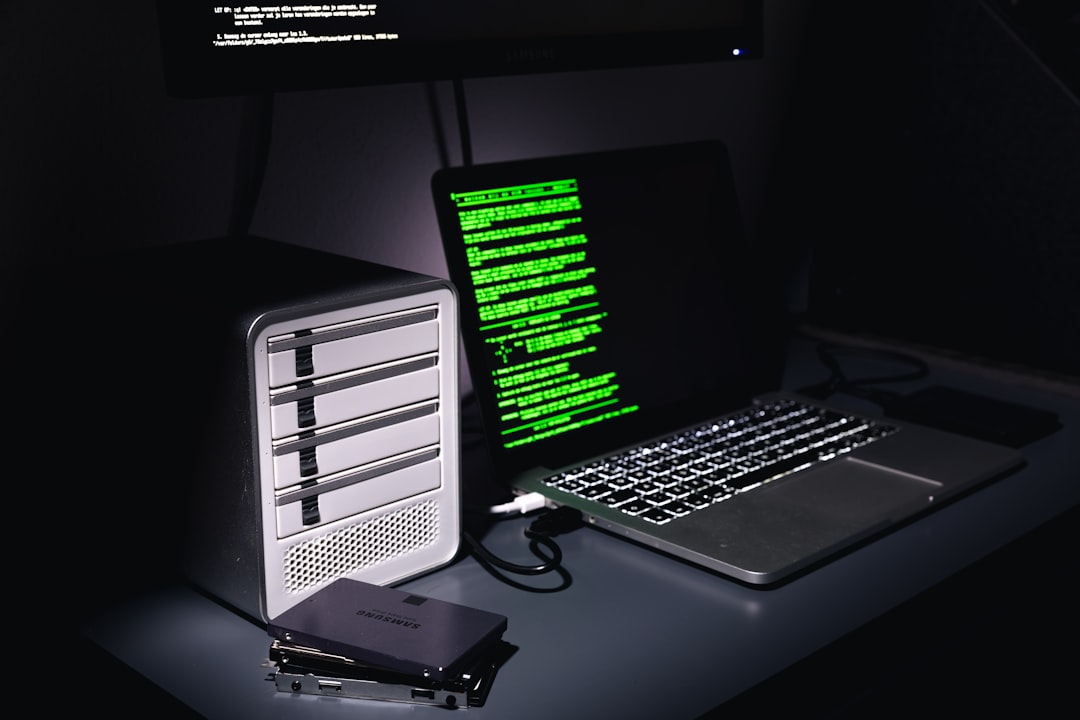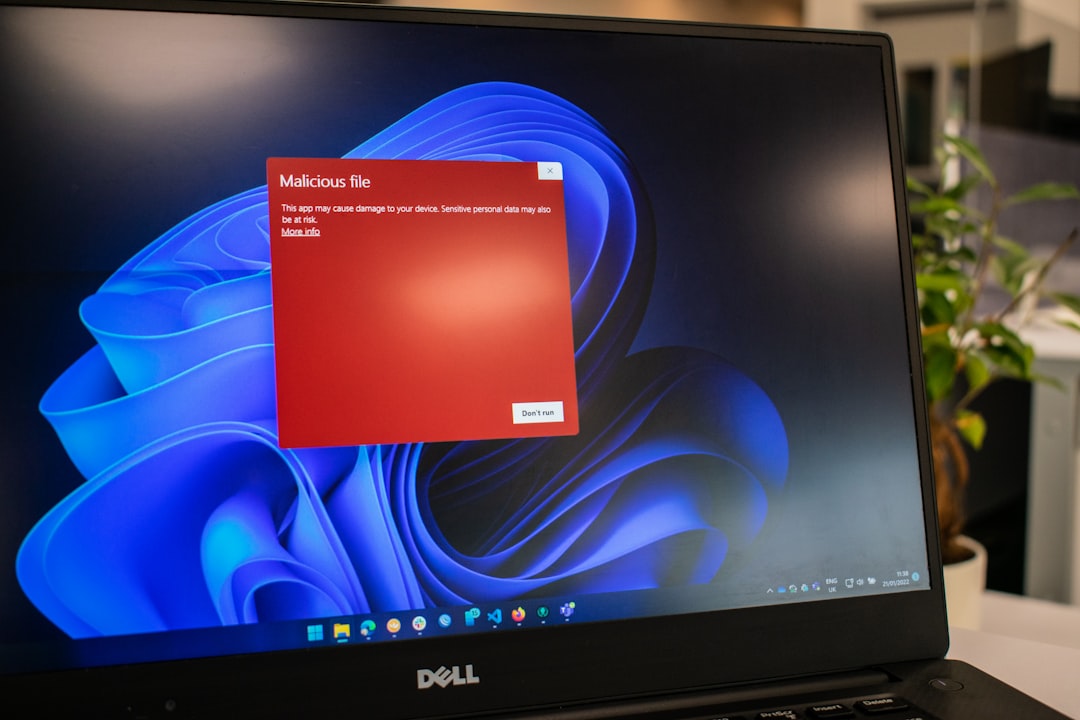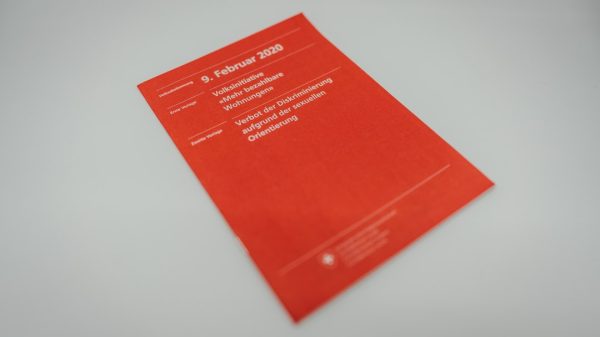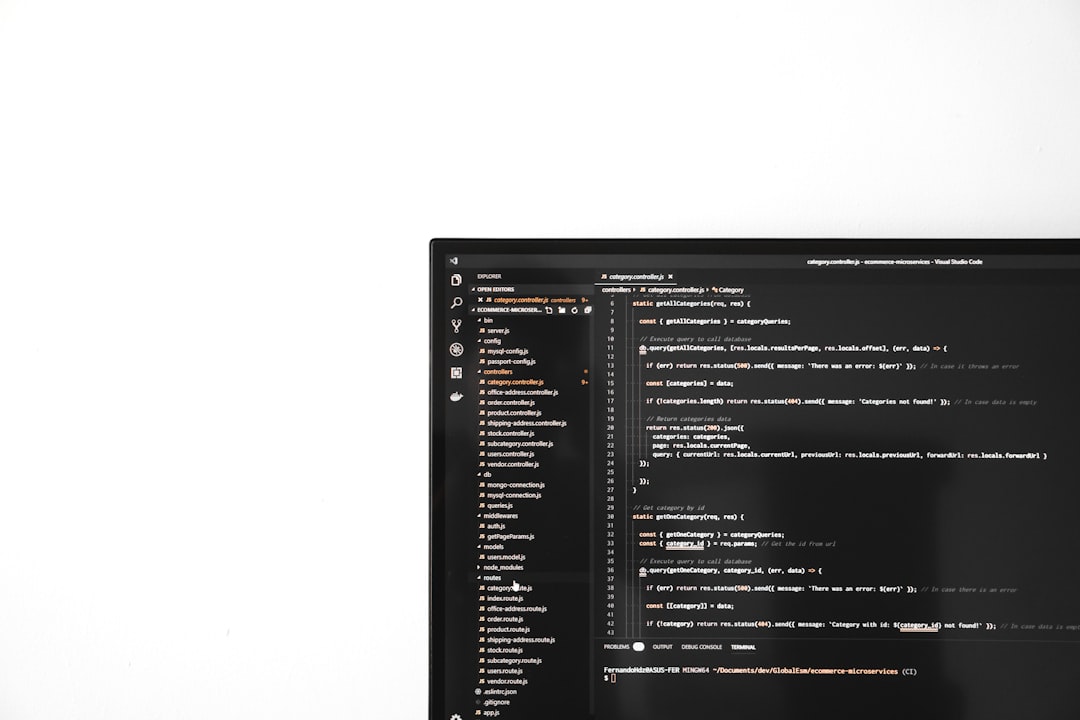While Chromebooks are designed for simplicity and speed with Chrome OS, many users seek the versatility of a full Windows operating system. Whether it’s for software compatibility, gaming, or a familiar user experience, installing Windows on a Chromebook is possible — but it’s not for the faint of heart. This guide walks you through a step-by-step method to install Windows on your Chromebook. Before starting, make sure to back up all important data, as this process will erase your Chrome OS installation.
What You’ll Need
- A Chromebook with an Intel processor (ARM-based models are not compatible)
- A USB flash drive (at least 8GB)
- A Windows ISO file (downloadable from Microsoft’s website)
- A separate Windows PC for creating the bootable USB
- Good internet connection
- Patience and basic technical knowledge
Step 1: Enable Developer Mode
First, you’ll need to place your Chromebook into Developer Mode to gain access to functionalities not available in standard mode. This may void your warranty and reset your data.
- Turn off your Chromebook.
- Press Esc + Refresh + Power simultaneously to enter Recovery Mode.
- When the recovery screen appears, press Ctrl + D, then press Enter to confirm.
- Your Chromebook will now switch to Developer Mode. This takes a few minutes and will power wash (wipe) your device.
Step 2: Modify the Chromebook’s Firmware
To install Windows, you must replace the Chromebook’s BIOS firmware. Use a script created by developer Mr. Chromebox to do this safely.
- Boot your Chromebook and open the Chrome browser.
- Press Ctrl + Alt + T to open the Crosh terminal.
- Type
shelland press enter. - Then type:
cd; curl -LO https://mrchromebox.tech/firmware-util.sh && sudo bash firmware-util.sh - Select the option to install a full UEFI firmware for your device.
Note: This will permanently replace your Chrome OS firmware. Be sure of your decision before proceeding.

Step 3: Create a Windows Installation USB
Use a Windows PC to create a bootable USB with the Windows ISO.
- Insert the USB flash drive into the Windows PC.
- Download the Windows Media Creation Tool from Microsoft’s official site.
- Launch the tool and choose “Create installation media for another PC.”
- Select your Windows version, edition, and USB drive.
- Complete the process and safely eject the USB drive.
Step 4: Install Windows on the Chromebook
You’re now ready to install Windows.
- Insert the bootable USB into your Chromebook.
- Power up the device and immediately press the Esc key repeatedly to open the boot menu.
- Select your USB drive from the list and press Enter.
- Follow the on-screen instructions to install Windows.
Be careful during installation — choose the right partition to avoid potential errors. When prompted, delete all partitions and set up a new one for a clean install.

Step 5: Install Drivers and Finish Setup
Once Windows is installed, you’ll likely notice some things aren’t working correctly, such as Wi-Fi or audio. This is due to missing drivers. Visit the Mr. Chromebox website or your Chromebook model’s forums to locate and install the compatible Windows drivers.
Once all drivers are installed, perform Windows updates and customize your settings to complete the setup process.
Final Thoughts
Installing Windows on your Chromebook transforms it into a full-featured PC, but it’s important to remember the risks: potential bricking, hardware compatibility issues, and a loss of Chrome OS support. However, for tech-savvy users, it opens up a world of possibilities beyond the limitations of Chrome OS.
FAQ
- Q: Can I install Windows on any Chromebook?
A: No. Only Chromebooks with Intel processors support Windows installation. ARM-based Chromebooks cannot run Windows. - Q: Will installing Windows void my Chromebook’s warranty?
A: Yes. Modifying firmware and replacing the operating system may void your warranty. - Q: Can I revert back to Chrome OS?
A: Yes, but it requires flashing the original firmware and reinstalling Chrome OS using the Chromebook recovery utility. - Q: What if something goes wrong during installation?
A: Be prepared to troubleshoot or seek help from community forums. Make sure to follow each step carefully to avoid issues. - Q: Is this method safe?
A: While many users have successfully installed Windows using this method, there’s always a risk. Proceed at your own discretion and always back up your data.


































